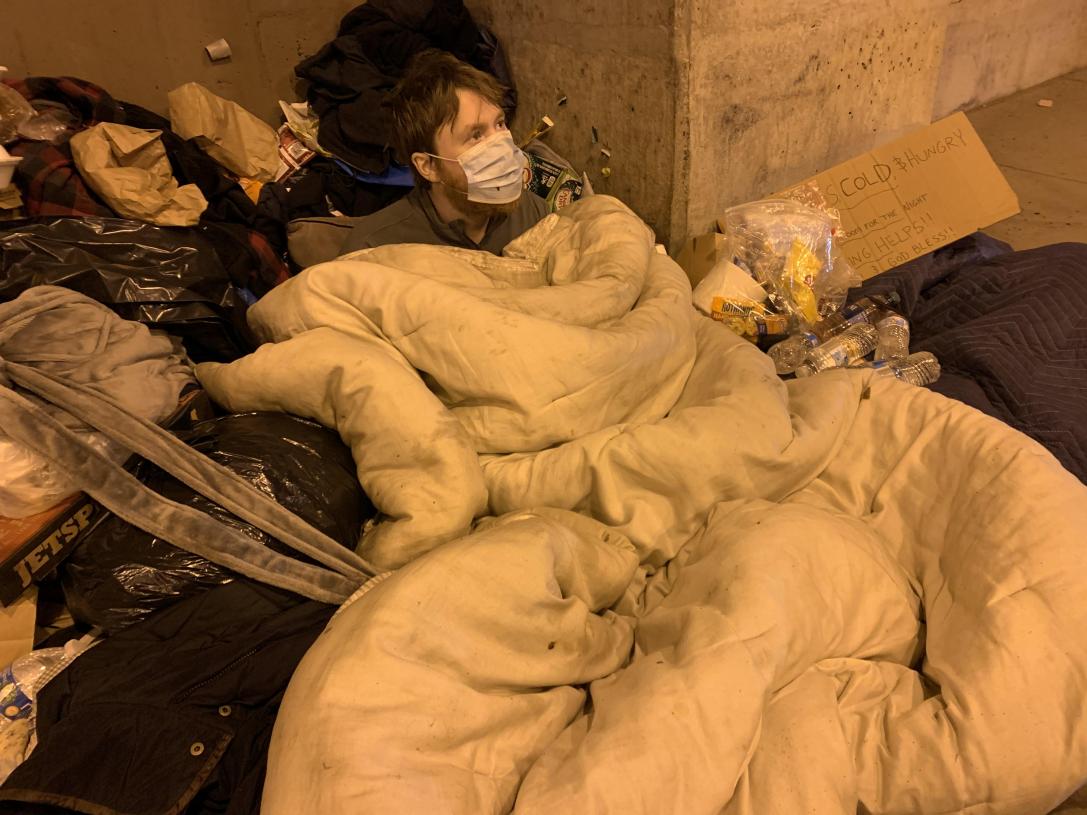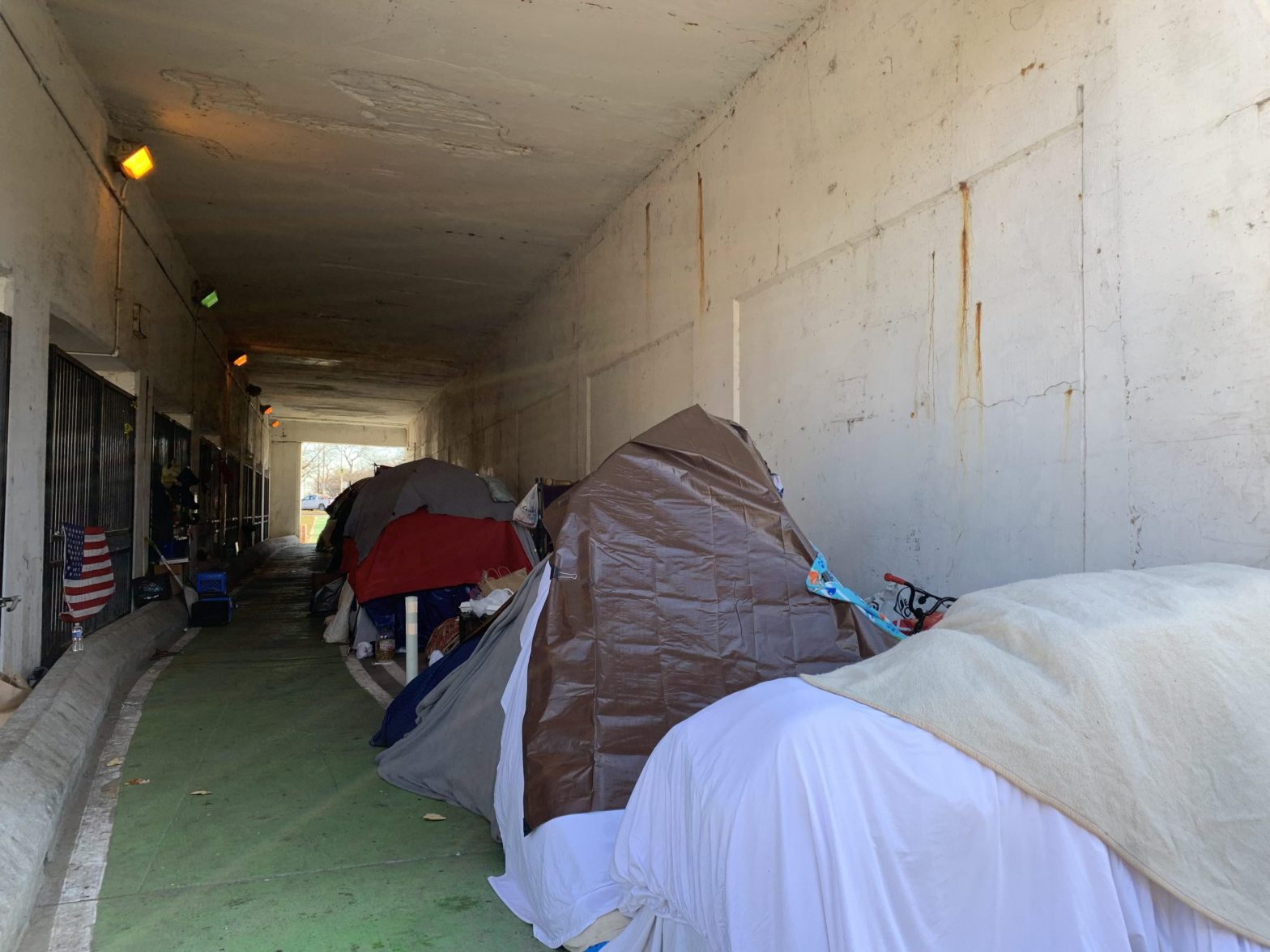
For more than a year, housing advocates in Chicago have criticized the Chicago Housing Authority (CHA) for failing to fill empty units across the city. A CHA spokesperson maintained that there are always empty units. Throughout the pandemic, homeless people most at risk have dealt with undocumented immigrant status, substance use disorders, race-based discrimination, mental health conditions, physical disabilities, and age-related vulnerabilities.
Physicians, public health workers, nurses, and administrators have worked to address gaps in city services, creating rapid housing initiatives, COVID-19 isolation units, and programs for vaccine distribution. Still, the need for housing for Chicago's thousands of homeless people is immense. Advocates remain concerned about increased homelessness, especially following the end of the eviction moratorium in October 2021.




